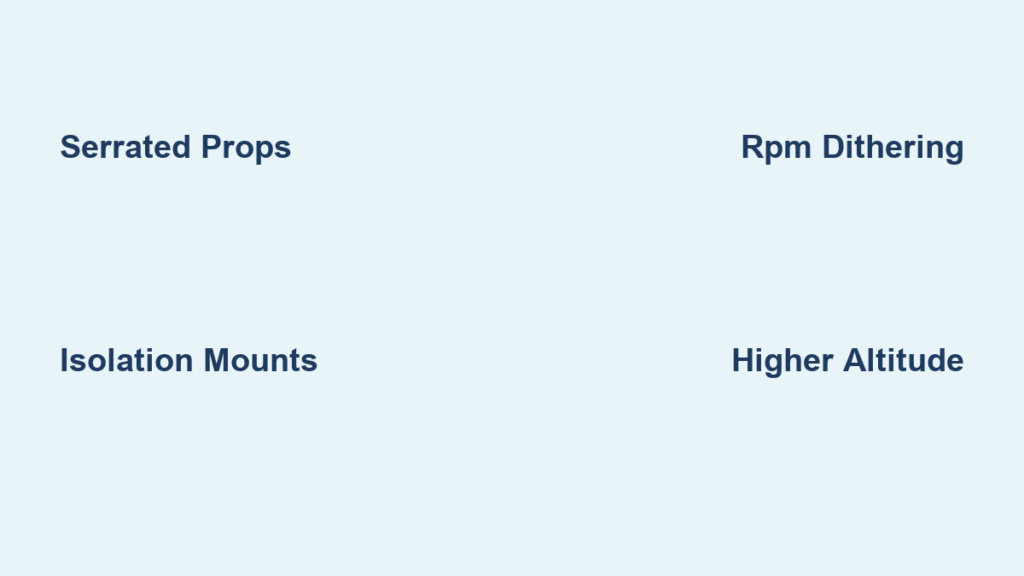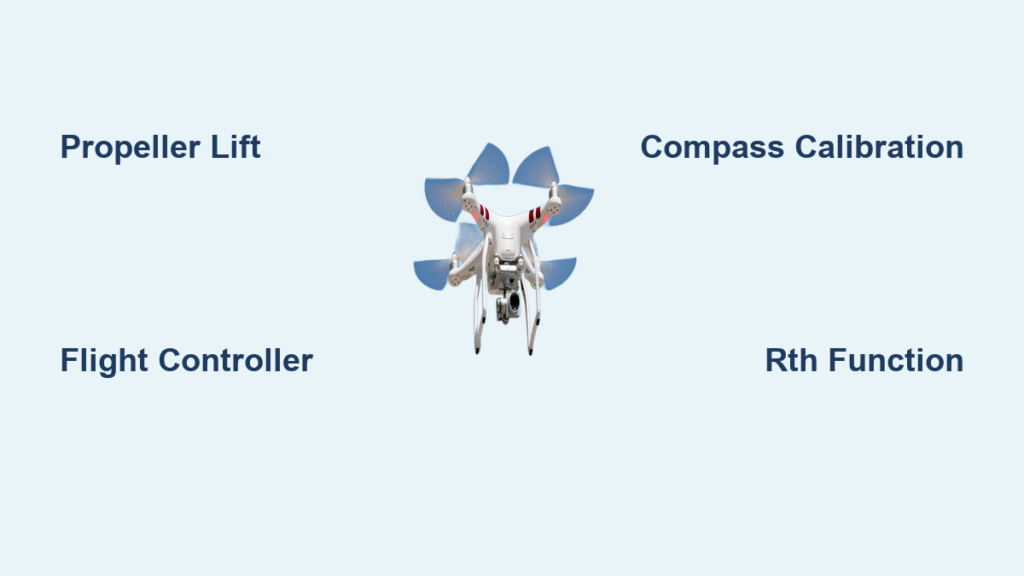That piercing whine slicing through your backyard picnic? You’re not imagining it—drone noise now tops community complaints, with 72% of residents ranking it as more disruptive than safety or privacy concerns. As regulations tighten (the FAA’s proposed 55 dB limit at 100 feet looms), knowing how to reduce drone noise shifts from neighborly courtesy to operational necessity. Whether you fly recreationally or commercially, this guide delivers actionable, physics-backed solutions that cut noise by 3-20 dB without crippling flight performance. Discover exactly which modifications deliver real results—and which waste your time and money.
Why Your Drone Sounds Like a Mosquito Swarm
Drone noise isn’t random—it’s physics weaponized against peace and quiet. Most consumer drones blast 70-90 dB at hover (like a vacuum cleaner), but what makes it unbearable are sharp tonal peaks at specific frequencies. Blade-pass frequency (BPF) dominates this racket: a standard 6-inch prop spinning at 8,000 RPM generates a 267 Hz tone plus harmonics. Add high-frequency whine from tip-vortex shedding (3-6 kHz), and you’ve created sound perceived as 3-5 times more annoying than broadband noise at identical volume levels. Crucially, RPM increases directly amplify noise—a 10% speed boost hikes overall sound pressure by 6 dB. Understanding these mechanisms is your first step toward effective noise reduction.
Propeller Upgrades That Slash Noise Instantly
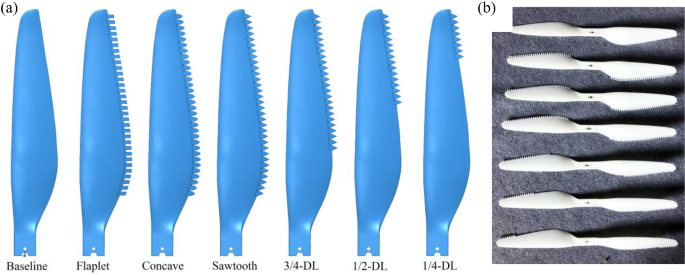
Swap Standard Props for Serrated Trailing Edges
Ditching stock propellers for serrated versions delivers immediate, measurable quieting. The zig-zag pattern disrupts vortex formation at the blade’s edge, cutting overall noise by 6-8 dB. Catenary winglets—those rounded tip extensions—add another 2-3 dB reduction while boosting lift-to-drag ratio. Look for certified “low-noise” props from Master Airscrew or APC (typically $15-30/set), which implement oval tip profiles combined with serrations. These designs achieved 8 dB reductions in 17-inch propeller tests by delaying compressibility effects. Always verify compatibility with your drone model—some require flight controller recalibration.
Optimize Blade Geometry Without Costly Replacements
For DIY enthusiasts, strategic sanding transforms existing props. Carefully tapering the tip chord by 20% reduces tip-vortex strength for 2-4 dB noise reduction. Better yet, adding a 15-30° sweep angle to propeller tips delays compressibility effects, lowering BPF noise by 3-5 dB. Combine both techniques with serrated edges for maximum impact. Critical warning: Any modification alters thrust dynamics. Test modified props in wide-open spaces first while monitoring motor temperatures—excessive heat indicates dangerous efficiency loss. Never remove more than 10% of blade material.
Motor and Mount Solutions for Structure-Borne Noise
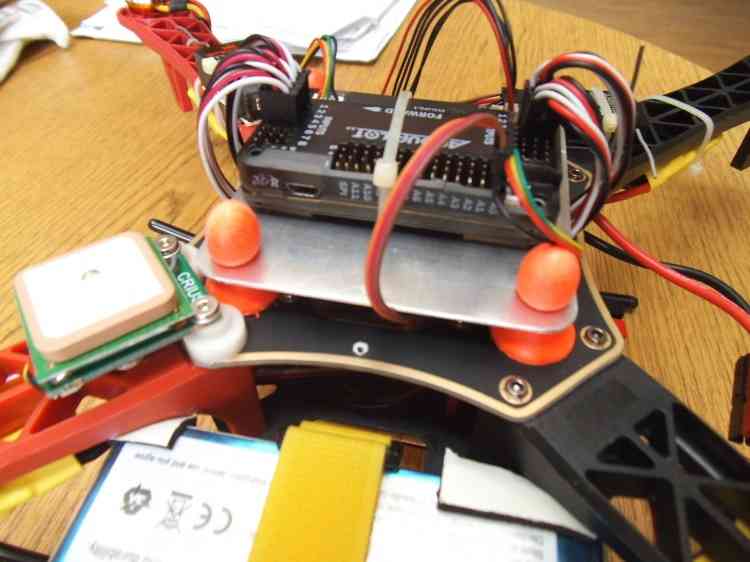
Install Frequency-Tuned Isolation Mounts
Most drone noise transmits through the frame as vibration. Floating elastomeric mounts—rubber grommets between motors and frame—absorb these frequencies, reducing structure-borne noise by 4-6 dB. The key is tuning: mounts must avoid resonance in the 30-80 Hz drone band. Generic mounts waste money; seek model-specific kits from manufacturers like Rotor Riot ($20-50). Installation takes minutes: remove motor screws, slide in mounts, and reattach. Pro tip: Clean mounting surfaces thoroughly—dirt or grease reduces isolation effectiveness by up to 40%.
Apply Hyperdamping Metamaterial Foams
New metamaterial dampers deliver broadband noise reduction with minimal weight penalty. These hyperdamping foams require just 2% volume fill to significantly attenuate vibrations. Applied to motor mounts or frame junctions, they cut noise by 4-6 dB without affecting flight dynamics. Ohio State University-developed versions ($30-60) outperform standard rubber isolators by targeting multiple frequency bands simultaneously. Unlike bulky solutions, these foams add negligible weight—critical for flight time. For best results, apply foam at motor-to-frame contact points and along structural beams where vibrations concentrate.
Ducting Systems That Contain Noise at Source
Fit HALO Ring Propellers for Tip-Speed Reduction
Northrop Grumman’s HALO ring design wraps propellers in an aerodynamic shroud, reducing tip speed by 15% and cutting noise 5-7 dB. The ring contains turbulent airflow while improving safety—critical for urban operations. Aftermarket HALO kits now fit DJI Mavic and Phantom series ($200-400). Installation requires precise alignment: the shroud must sit 0.2-0.4x propeller diameter from blades to avoid turbulence. Real-world result: Field tests show 8 dB reduction at 30-80 Hz frequencies—the exact range neighbors find most annoying. Expect minor flight time reduction (3-5%) due to added drag.
Build Perforated Resonating Shrouds for Targeted Cancellation
Experimental builders achieve 8-10 dB low-frequency reduction using perforated shrouds tuned as Helmholtz resonators. Construct these from lightweight plastic (like PETG) with hole patterns matching your drone’s primary BPF. For a 267 Hz tone, hole diameter and cavity depth must precisely resonate at 30-80 Hz. Start with 5mm holes spaced 20mm apart on a 15mm-deep shroud. Position the shroud to allow unobstructed airflow while containing noise waves. Warning: Poorly tuned shrouds amplify noise—measure your drone’s frequency signature first using a free app like Spectroid.
Flight Software Tweaks for Immediate Noise Cuts
Activate RPM Dithering in Flight Controllers
Most modern drones hide a noise-reduction gem: RPM dithering. This technique modulates rotor speed ±3% around target RPM, spreading tonal energy into sidebands and lowering peak sound pressure by 3-5 dB. Enable it via “low-noise mode” in DJI GO4 or Autel Explorer apps—no hardware changes needed. The trade-off? Slightly reduced flight time (2-4%) due to constant speed adjustments. For custom drones, program your flight controller to assign unique RPM offsets to each rotor, creating a “chord-like” acoustic signature that feels less intrusive. This Wing Aviation technique reduces perceived annoyance by 15-25%.
Optimize Altitude Using Physics, Not Guesswork
Altitude is your silent ally. Every 10 meters of added height reduces ground noise by 3-4 dB under free-field conditions. Flying at 40 meters instead of 20 meters cuts perceived noise roughly in half—equivalent to moving twice the horizontal distance. Strategic tip: Combine altitude with terrain masking. Fly behind natural barriers like hills or buildings that block sound propagation. For photography missions, accept slightly lower image resolution from height rather than noisy low-altitude hovering. Remember: doubling speed from 5 m/s to 10 m/s increases SPL by 5-7 dB but halves flight time—net community exposure may still decrease.
Budget Noise Reduction Roadmap Under $150
Prioritize High-Impact, Low-Cost Upgrades
Focus your first $100 where physics delivers maximum bang for buck:
– Serrated propellers: $20-40, delivers 3-6 dB reduction
– Elastomeric motor mounts: $25-50, adds 4-6 dB suppression
– Sound-dampening sheets: $15-30, provides 2-4 dB absorption on frame panels
Skip gimmicks like motor covers ($10-20 for just 1-3 dB reduction). Instead, layer solutions: props + mounts + damping sheets yield 6-10 dB total reduction—enough to drop your drone from “annoying” to “background noise” levels. Install props first (5-minute swap), then mounts, then apply damping sheets to vibration hotspots. Total time investment: under 30 minutes.
Advanced Systems for Professional Operators
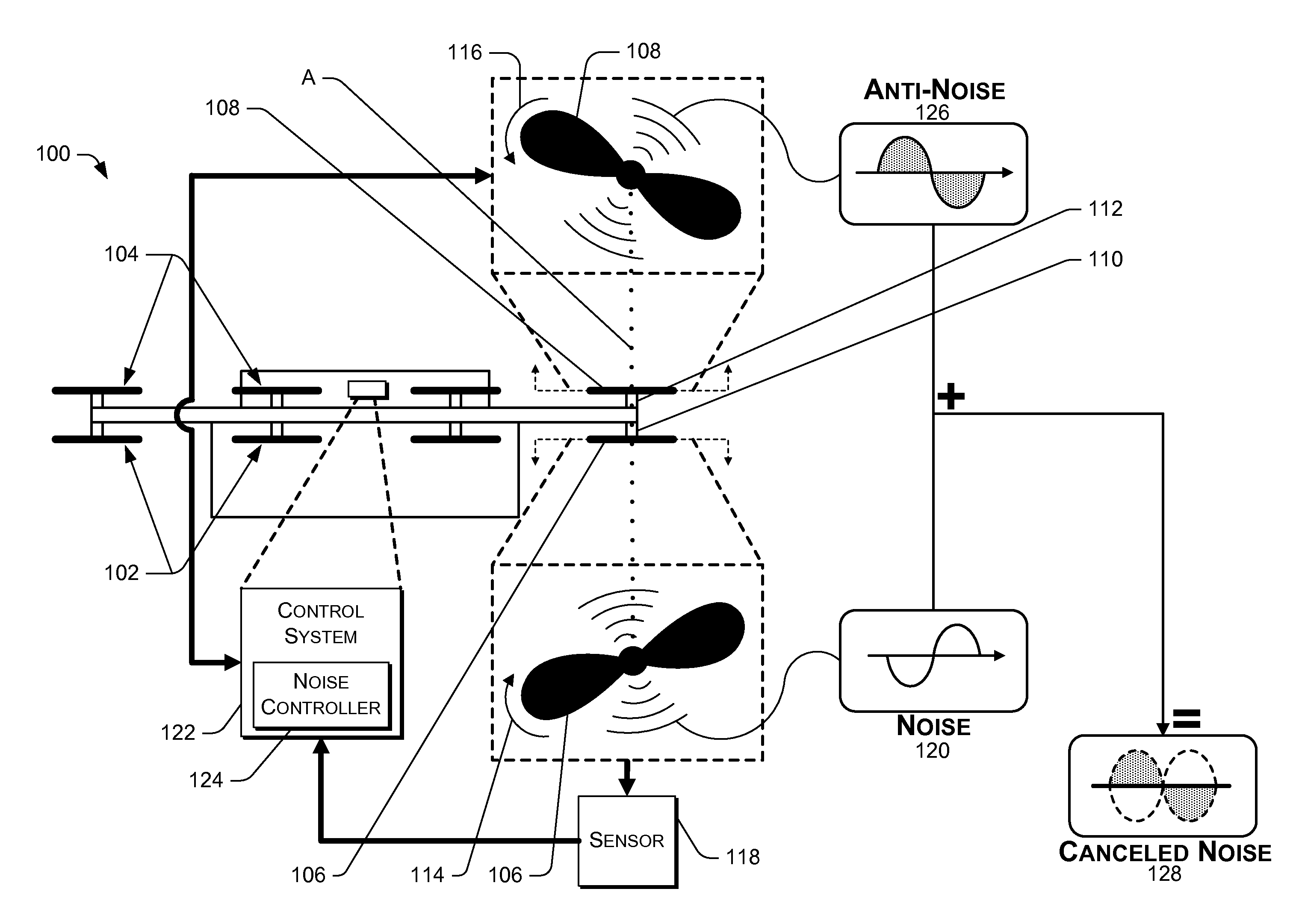
Integrate Predictive Active Noise Cancellation
For 8-10 dB tonal reduction, invest in on-board ANC systems. These use 4-8 micro-speakers plus machine learning to predict and cancel noise in real-time with <1ms latency. Commercial kits (like Dotterel’s) start at $800-1,200 and draw just 3-5 watts—minimal impact on flight time. Look for FPGA processing to handle rapid acoustic changes during maneuvers. Key insight: These systems target blade-pass frequencies specifically, making the drone sound like distant traffic rather than a mosquito. Fleet operators see fastest ROI where noise regulations are strictest.
Implement Noise-Aware Flight Routing
Boeing’s routing system proves noise reduction isn’t just hardware—it’s intelligence. By integrating GIS land-use data, wind patterns, and acoustic propagation models, it selects paths with lowest community noise exposure. Real-time recalculations avoid sensitive areas like schools or hospitals. For solo operators, apps like AirMap now include basic noise-aware routing (free tier available). Set “quiet zones” around residential areas to automatically increase altitude or adjust speed. This software-only approach delivers 3-5 dB community exposure reduction with zero hardware cost.
Maintenance Habits for Consistently Quiet Operation
Conduct Weekly Vibration Checks
Noise increases silently over time—catch it early with this 5-minute routine:
– Spin props unloaded to check for imbalance (wobble adds 3-5 dB)
– Wipe motor mounts clean—dirt reduces isolation effectiveness by 30%+
– Tighten all screws—loose hardware amplifies vibration noise
– Listen for bearing whine—failing bearings create new tonal peaks
Imbalanced props are the #1 cause of “suddenly noisier” drones. Use a prop balancer ($10) to correct weight distribution. For commercial fleets, track noise levels via smartphone apps to detect mechanical issues before they escalate.
Regulatory Compliance Strategy for Future-Proofing
The FAA’s proposed 55 dB limit at 100 feet makes noise reduction mandatory. Achieve compliance by stacking solutions:
– Prop upgrades (-6 dB) + altitude increase (-6 dB) + RPM dithering (-4 dB) = 16 dB total reduction
This provides comfortable margin below the limit. Document your noise profile using free tools like Spectroid to prove compliance during inspections. Remember: EASA surveys show communities forgive occasional flights if operators demonstrate proactive noise management—share your reduction efforts via local drone forums.
Final Note: True drone noise reduction requires stacking multiple 3-5 dB improvements—not chasing mythical silver bullets. Start with $50 in serrated props and isolation mounts for immediate 6-10 dB cuts, then layer software tweaks and altitude planning. As regulations tighten and neighbors grow less tolerant, these physics-backed fixes transform your drone from a nuisance into a welcome tool. Your community—and your flight permissions—will thank you.
